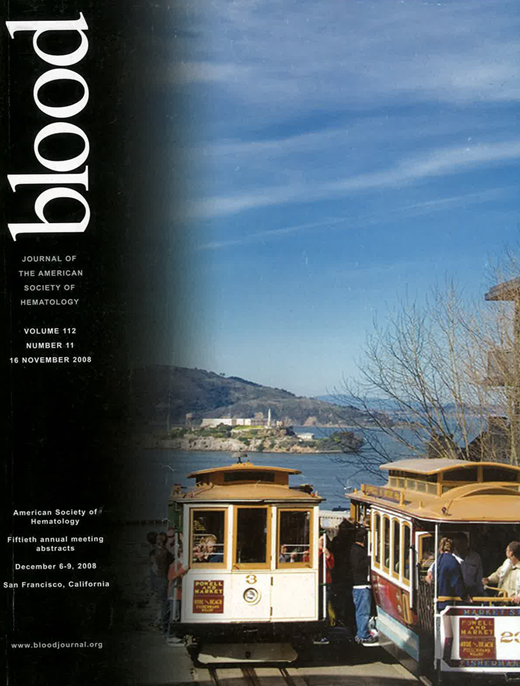Abstract
RATIONALE: From the early 70’s, C1 inhibitor concentrate manufactured from pooled human plasma has been available to patients with hereditary and acquired angioedema (HAE and AAE) and in 1997 a highly purified C1 inhibitor (Cetor®) was introduced. Many precautions have been taken to minimize the potential risk of viral transmission (e.g. rigorously controlled whole blood collection systems, extensive screening of each individual donation for a variety of blood-borne viruses, pasteurisation). To further minimize the potential risk of viral transmission, a 15 nm filtration was implemented in the manufacturing process giving rise to C1-inhibitor-N (anofiltered).
DESIGN: A randomised, double-blind, controlled cross-over phase II study was conducted in which our primary objective was to compare the pharmacokinetics of the newly developed concentrate with conventional C1-inhibitor concentrate in HAE patients without signs of an attack of angioedema. Secondly, an open-label phase III study in patients with an HAE attack was performed to investigate whether the introduction of the virus reducing 15nm filtration step in the manufacturing process of the concentrate did not affect the efficacy and safety of the product.
RESULTS: Thirteen patients were enrolled in the phase II study. No differences between conventional C1-inhibitor concentrate and nanofiltered C1-inhibitor concentrate were detected with regard to the primary pharmacokinetic parameters clearance, volume of distribution, and the fraction of C1-inhibitor-N detected by the antigen assay relative to the functional assay. Therefore incremental recovery, mean residence time, half-life and the area under curve were equivalent for both products. In the phase III study, 8 HAE patients were enrolled. In these 8 patients, 14 attacks qualified as acute angioedema attack. The mean time-to-relief for attacks treated with new C1-inhibitor concentrate was 3.0 (SD 2.5) hours. Historical data showed that treatment with conventional C1-inhibitor concentrate resulted in time-to-relief of 3.9 (SD 6.2) hours, whereas for untreated attacks this was 24.7 (SD 19.9) hours. The attacks treated with new C1-esterase inhibitor concentrate had a mean time-to-resolve of 18.6 hours (SD 13.1) whereas medical history showed an time-to-resolve of 17.8 hours (SD 17.2) for conventional C1-inhibitor. Untreated attacks showed a mean time-to-resolve of 63.6 hours (SD 31.0).
CONCLUSION: The newly developed nanofiltered C1-esterase inhibitor has equal pharmacokinetic properties compared to the conventional concentrate. The viral reduction step (15 nm filtration) in the production process of Cetor did not induce changes in the efficacy and safety in the treatment of acute angioedema attacks and in the pharmacokinetic parameters.
Disclosures: van Twuyver:Sanquin: Employment. Kleine-Budde:Sanquin: Employment. Strengers:Sanquin: Employment.
Author notes
Corresponding author

